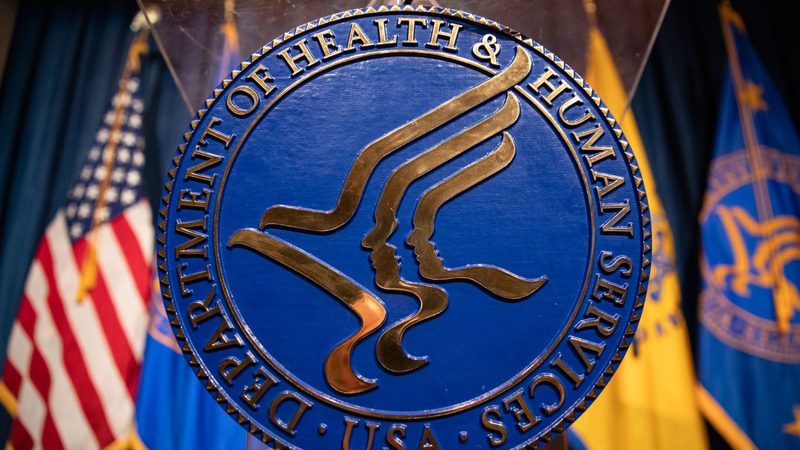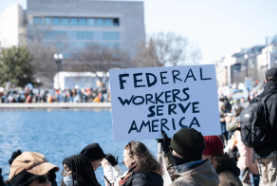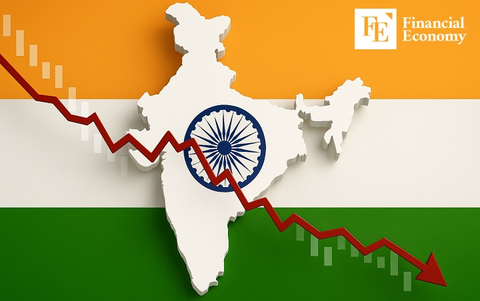Hollowed Out: Mass Layoffs Reshape the Future of U.S. Public Health Agencies
Input
Modified
The Scale of the Restructuring A Broader Trend: Similar Layoffs Across Federal Health Agencies Impact on Public Health Programs and Services

The Scale of the Restructuring
In recent weeks, the United States has witnessed a significant restructuring within its federal health agencies, with the Department of Health and Human Services (HHS) beginning a wave of mass layoffs. The shockwaves of these layoffs have reverberated not only through the organization itself but across the entire public health landscape. This restructuring marks a pivotal moment in the way health services and public health are managed at the federal level.
The layoffs, which have already begun to take effect, have left many employees scrambling. Some workers have reported being turned away at the doors after showing up for work, as the agency begins to reduce its workforce and streamline its operations. For a department that plays such a vital role in public health policy and service delivery, these decisions are creating a ripple effect that could have significant consequences for the future of public health services in the U.S.
The announcement that HHS would be letting go of thousands of employees comes as part of a broader government initiative to scale back and reallocate resources within federal agencies. The layoffs are not limited to one division but are affecting a wide array of departments and services within HHS. These include staff working in the Centers for Disease Control and Prevention (CDC), the Food and Drug Administration (FDA), and several other key health-related bodies.
This restructuring effort is expected to have profound impacts on the nation’s ability to respond to public health crises, as well as to address ongoing issues like healthcare accessibility, disease prevention, and pharmaceutical regulation. The health agencies, once seen as the cornerstone of public health efforts in the U.S., are now faced with reduced capabilities at a time when they are most needed.
One of the more shocking aspects of the layoffs is the speed and scale at which they are occurring. Employees who were accustomed to stable, long-term employment in federal agencies are now being faced with unexpected terminations. In some cases, workers were caught completely off guard, showing up to work only to be informed that they would no longer have a role to play within the department. The speed of these layoffs has left many individuals without time to properly transition out of their positions, causing further disarray.
The scale of the layoffs at HHS is so extensive that reports suggest the agency’s headquarters will soon be "practically empty." This drastic reduction in staff is a direct consequence of the downsizing that the department is currently undergoing. In addition to the employees let go, many others are expected to face furloughs or reassignment to other positions within the government.
This rapid downsizing has been met with concern by many in the public health sector, who worry that such cuts will lead to a diminished capacity to respond to future health emergencies. The COVID-19 pandemic exposed significant gaps in the U.S. public health infrastructure, and these layoffs, which are being framed as a cost-cutting measure, could further exacerbate the weaknesses that were highlighted in the past few years. Without the right personnel and resources, the agencies charged with safeguarding the public’s health could be unable to adequately manage future outbreaks or provide critical services to those in need.
The layoffs also raise questions about the future direction of public health policy in the U.S. As HHS and its sister agencies, including the CDC and FDA, face significant workforce reductions, it’s unclear how the federal government plans to maintain its health response capabilities. With the possibility that key departments will operate with skeleton crews, many experts are left wondering how the government will ensure that public health remains a priority in the years to come.

A Broader Trend: Similar Layoffs Across Federal Health Agencies
The layoffs at HHS are not occurring in isolation. In fact, several other prominent health agencies are facing similar downsizing efforts. The FDA and the CDC, two other pillars of the nation’s health response infrastructure, are also grappling with large-scale layoffs and restructuring efforts. In many ways, the decision to cut back at these agencies signals a broader trend within the federal government, as health-related services become a target for cuts.
The FDA, for instance, is responsible for ensuring the safety and efficacy of food, drugs, and medical devices, and any reduction in its workforce could have serious ramifications for public health and safety. The CDC plays a similarly critical role in disease prevention and public health response, and its reduced capacity could undermine the nation’s ability to respond to future health emergencies, including infectious disease outbreaks.
In addition to these major agencies, other parts of the government, including public health research institutions and agencies that oversee healthcare services, are also undergoing restructuring. The government’s decision to reduce the workforce at these critical organizations has raised alarms among health professionals, who argue that the impact will be felt not only in times of crisis but also in routine public health operations.
This broader trend of layoffs at health agencies is being driven by a combination of factors, including fiscal austerity measures and political decisions aimed at reducing the size of government. While supporters of these measures argue that they are necessary for fiscal responsibility, critics contend that such cuts could undermine the country’s ability to protect the health of its citizens.

Impact on Public Health Programs and Services
The mass layoffs at HHS and other health agencies have serious implications for the future of public health programs and services. From the research and development of vaccines and treatments to the ongoing monitoring of disease outbreaks, these agencies play an essential role in safeguarding the public's health.
For example, the CDC’s work in tracking and managing infectious diseases has been crucial in the U.S. response to COVID-19. With fewer staff, the agency may struggle to keep up with the ongoing task of monitoring new variants and ensuring that public health recommendations are based on the latest scientific evidence. Similarly, the FDA’s role in regulating pharmaceuticals, medical devices, and food safety is essential for public health. Any disruptions to these processes could result in delays in drug approvals, reduced oversight, and the potential for dangerous products entering the market.
Beyond the direct impact on health services, the layoffs also send a concerning message about the government’s priorities. If the agencies responsible for protecting public health are facing massive cuts, it raises questions about the long-term vision for healthcare and public health policy in the U.S. Will the government prioritize cost-cutting measures over the safety and well-being of its citizens? How will public health initiatives be funded and executed if the agencies that oversee them are operating with reduced resources?
As the layoffs at HHS and other health agencies continue, the future of U.S. public health hangs in the balance. The effects of these cuts will likely be felt for years to come, particularly as the nation continues to grapple with the aftermath of the COVID-19 pandemic and the ongoing challenges of addressing public health disparities.
Moving forward, it will be crucial for the government to find ways to balance fiscal responsibility with the need for a robust and capable public health infrastructure. While cost-cutting measures may be necessary in certain areas, it is essential that the nation’s public health agencies remain equipped to respond to the next health crisis, whatever that may be. The success of these agencies is critical not only for the safety of the population but also for the overall well-being of society.
As this restructuring continues, one thing is clear: the future of U.S. public health will require careful consideration of how resources are allocated and how to ensure that the most essential services continue to be available to all Americans. The mass layoffs may be a sign of deeper challenges within the government, but they also represent an opportunity to reimagine how public health can be protected and enhanced for future generations.
The mass layoffs at the Department of Health and Human Services, and other federal health agencies, mark a significant moment in U.S. public health policy. While these layoffs are part of a broader effort to streamline government operations, they carry with them serious risks for the nation's public health infrastructure. As the layoffs continue and the number of federal health employees dwindles, the future of public health in the U.S. becomes increasingly uncertain. The impact of these cuts on vital services, including disease prevention, pharmaceutical regulation, and healthcare delivery, will likely be felt for years to come. The ongoing challenges facing the nation's health agencies demand urgent attention and solutions that prioritize public health above all else.





















